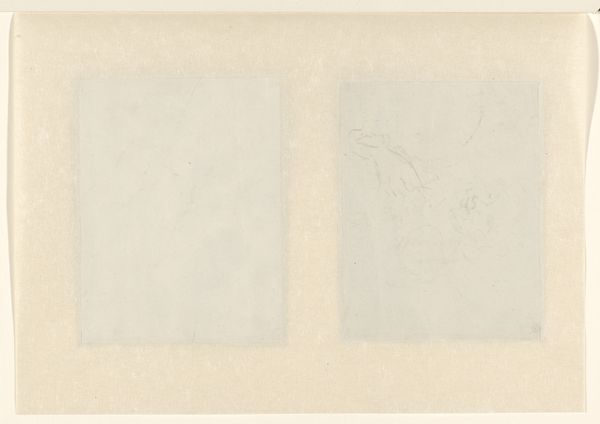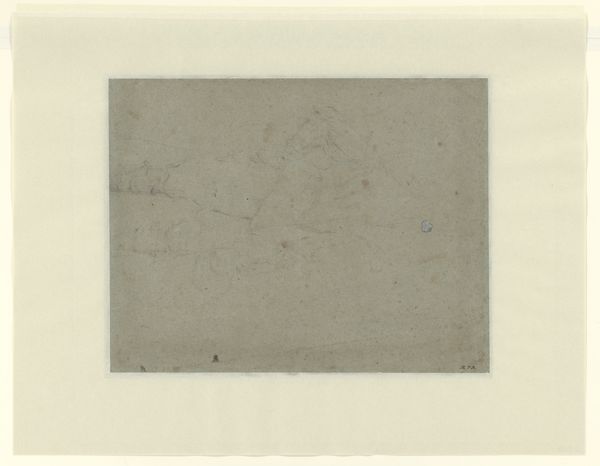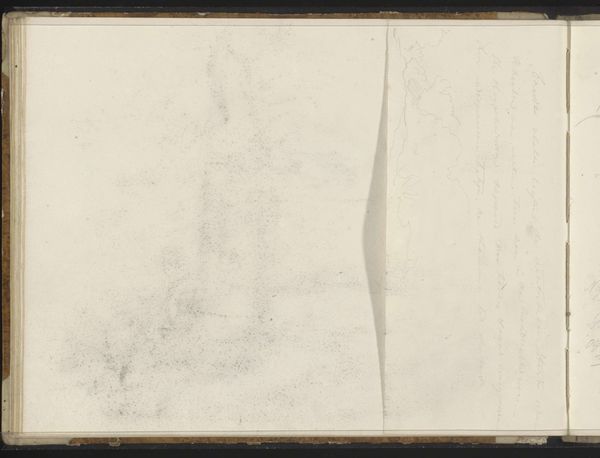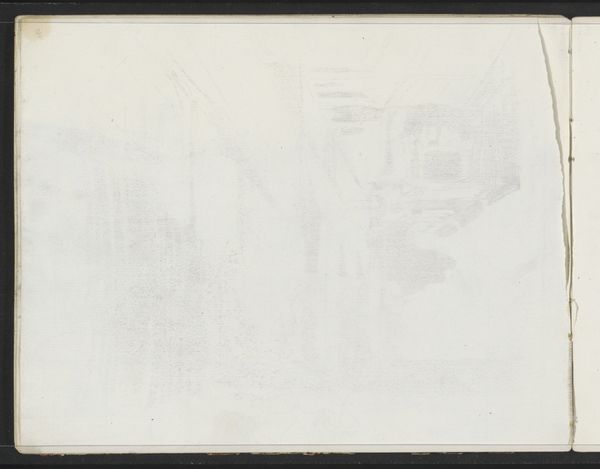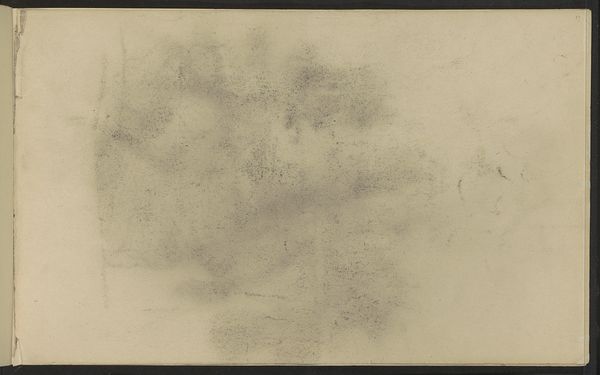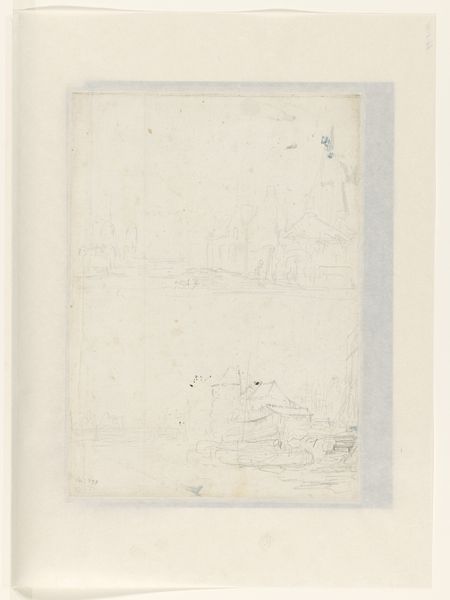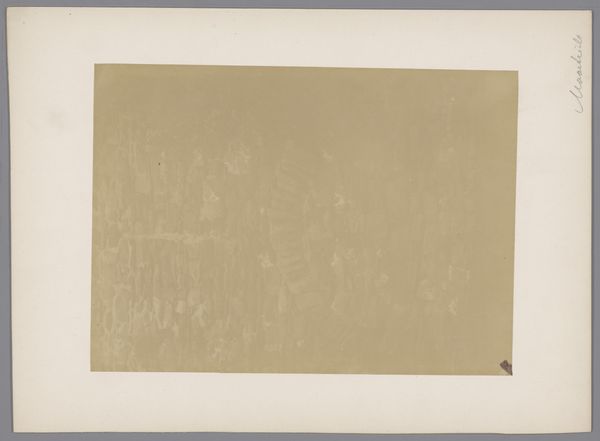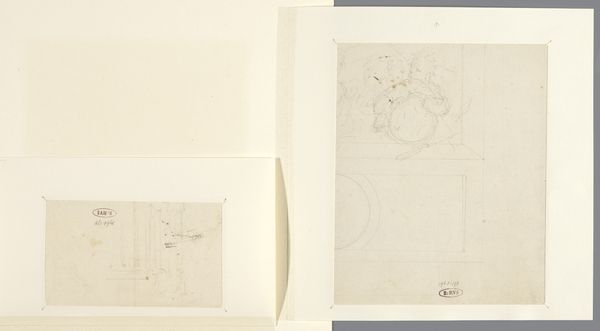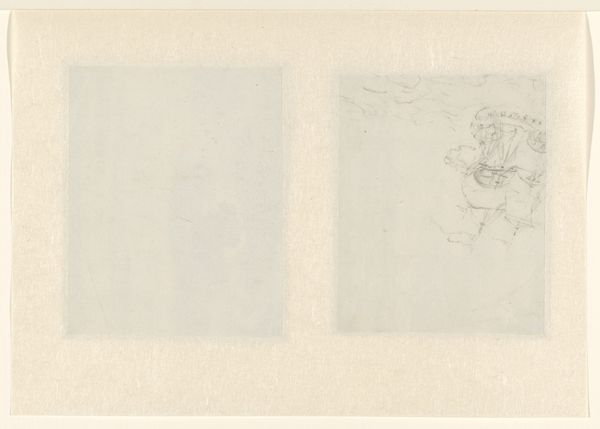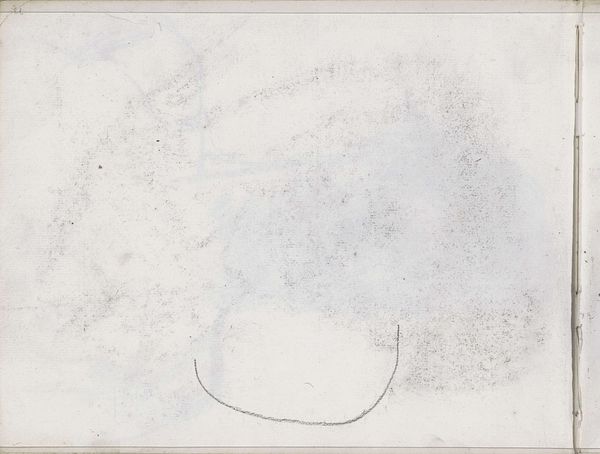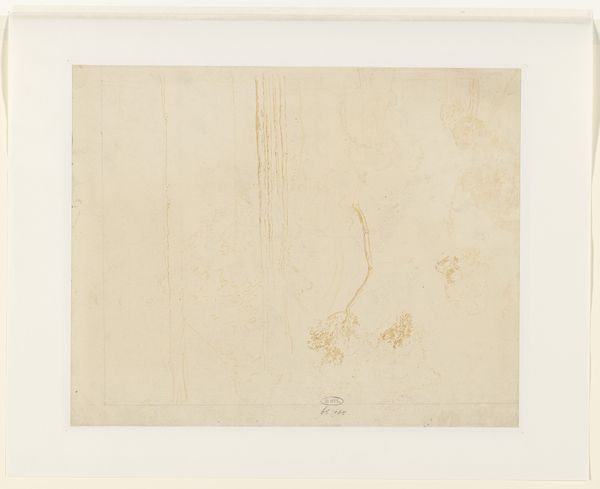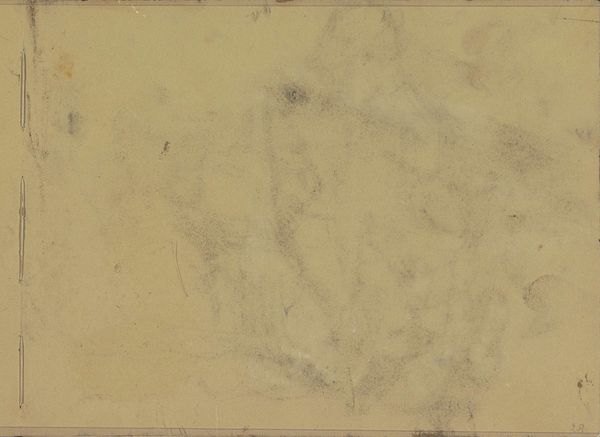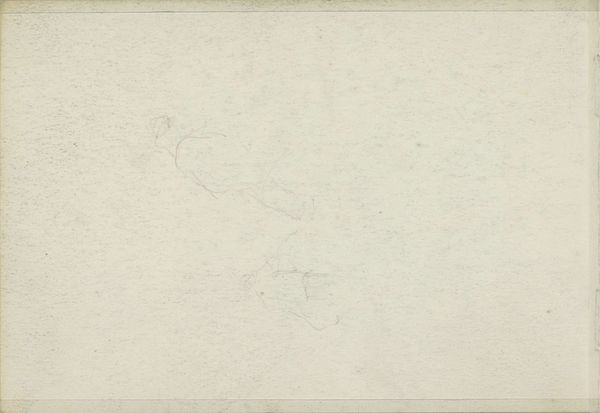
drawing, paper, pencil
#
portrait
#
drawing
#
paper
#
pencil
#
watercolor
Dimensions: height 136 mm, width 175 mm
Copyright: Rijks Museum: Open Domain
Curator: Ah, the power of suggestion! Pieter Idserts created this "Sketch of the Upper Body of a Muscular Man" sometime between 1708 and 1781. A simple pencil drawing on paper, kissed, I suspect, with just a hint of watercolor. Editor: At first glance, it's... ethereal. Barely there. Like a ghost of male virility. Almost feels more like the *idea* of a muscular man, rather than a detailed depiction. Curator: That whisper of an idea, though, that's potent. Think about the tradition of male nudes in art – they're rarely just about anatomy, are they? They become these vessels, these containers of cultural values, of ideas about strength, beauty, even societal power. Editor: Absolutely. And the almost ghostly quality emphasizes that. This isn't just some guy pumping iron. This is an echo of classicism, of ideal forms struggling to be born, a figure that hints at symbolic resonance beyond the purely physical. Is he a hero? A god? A martyr? Curator: I find the tentative lines so affecting. As if Idserts is searching for something, or maybe he is shy. Editor: It brings to mind classical statues, worn smooth by time. It's that same feeling, of a powerful history fading but not completely disappearing, inviting you to project yourself into the figure. He is you, you are him… the collective male struggle for self-perfection. Curator: And then, in stark contrast, there’s that completely blank, pristine rectangle sitting beside the sketch. Almost shouting "potential unfulfilled", an invitation to reflect and question everything. It asks us, "What would YOU create?" Editor: Yes! The blankness becomes an aggressive question. Is it the future waiting to be realized, or the void left by impossible ideals? This humble pencil sketch opens doors to volumes of self-inquiry and artistic consideration. Curator: So simple, and yet so deeply engaging. I find myself wanting to draw... or maybe just consider the spaces that could be filled. Editor: It is those unfilled spaces, I think, that ultimately speak to a timeless, and rather pertinent human condition, aren't they?
Comments
No comments
Be the first to comment and join the conversation on the ultimate creative platform.
